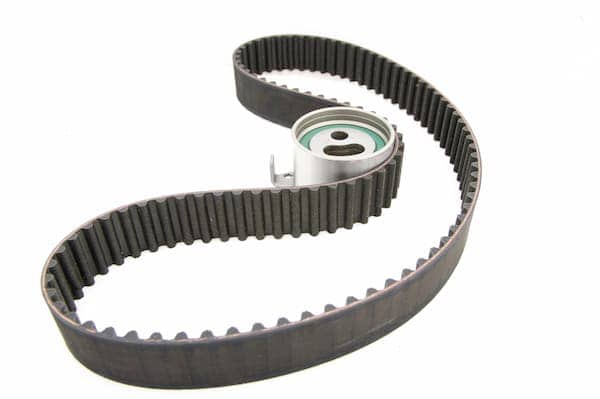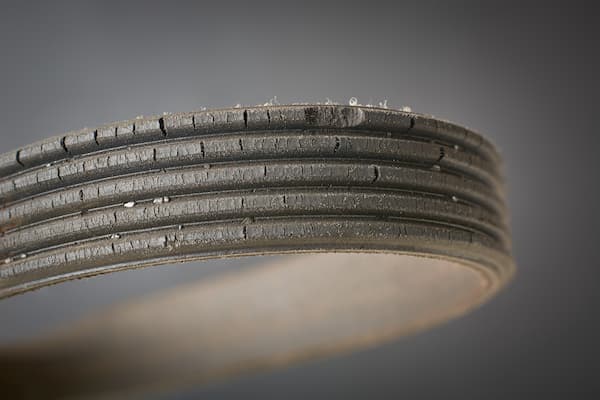Timing belts are crucial components in your vehicle’s engine, playing a pivotal role in ensuring the smooth operation of the engine’s valves and pistons. However, like all mechanical parts, timing belts wear out over time, leading to potential engine damage. Recognizing the symptoms of a bad timing belt is essential for any car owner. This article delves into the key signs of a failing timing belt, offering insights into how to identify and address these issues promptly.
Table of Contents
ToggleThe Role of a Timing Belt in Your Vehicle

Before diving into the symptoms, it’s important to understand what a timing belt does. A timing belt synchronizes the rotation of the crankshaft and camshaft, ensuring that the engine’s valves open and close at the correct times during each cylinder’s intake and exhaust strokes. This synchronization is critical for the engine’s performance and efficiency.
Signs Timing Belt is Going Bad

Unusual Noises from the Engine
One of the most noticeable symptoms of a failing timing belt is a ticking noise coming from the engine. This sound typically indicates that the belt is wearing out and needs attention.
Engine Misfires
A worn-out timing belt can affect the engine’s timing, leading to misfires. This occurs when the belt slips on the camshaft drive, disrupting the engine’s rhythm.
Oil Leakage
Aging timing belts can cause oil leakage from the front of the motor. This is often due to a bad timing belt tensioner that may lead to a loosened or damaged belt.
Engine Won’t Turn Over
If the timing belt has broken completely, the engine will not be able to turn over or ignite. This is a clear sign that the timing belt requires immediate replacement.
Consequences of Ignoring Timing Belt Issues

Ignoring the symptoms of a bad timing belt can lead to severe engine damage. If the belt snaps, it can cause valves to collide with pistons, resulting in costly repairs. In some cases, it may even require a complete engine replacement.
Preventative Measures and Maintenance
Regular maintenance and inspections are key to preventing timing belt issues. It’s recommended to follow the manufacturer’s guidelines on timing belt replacement intervals. Regular checks for signs of wear and tear can also help in early detection and replacement, avoiding more significant problems down the line.
conclusion
being vigilant about the symptoms of a bad timing belt and taking timely action can save you from expensive repairs and ensure your vehicle runs smoothly. Understanding these signs and the importance of regular maintenance is crucial for every car owner.




